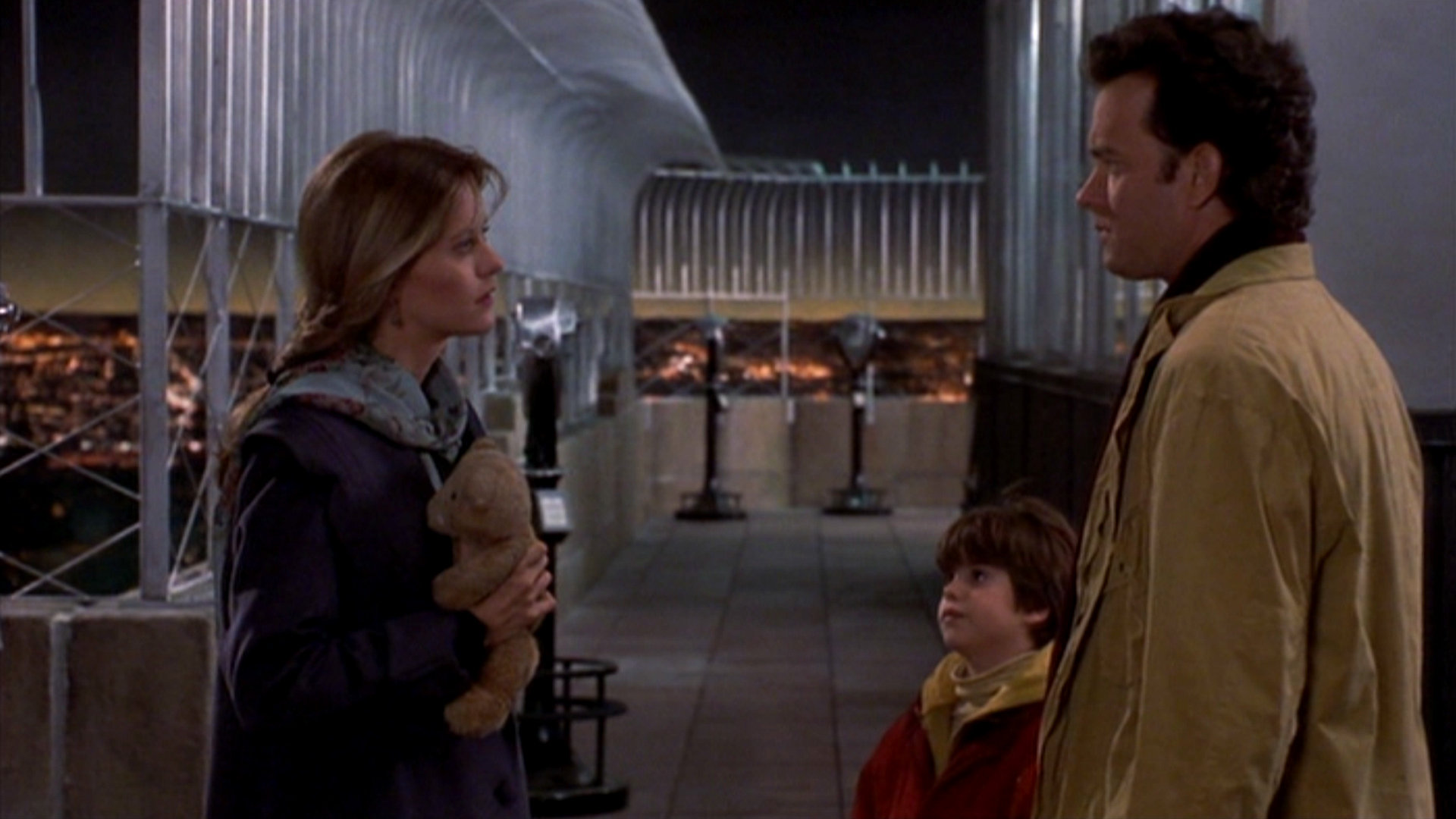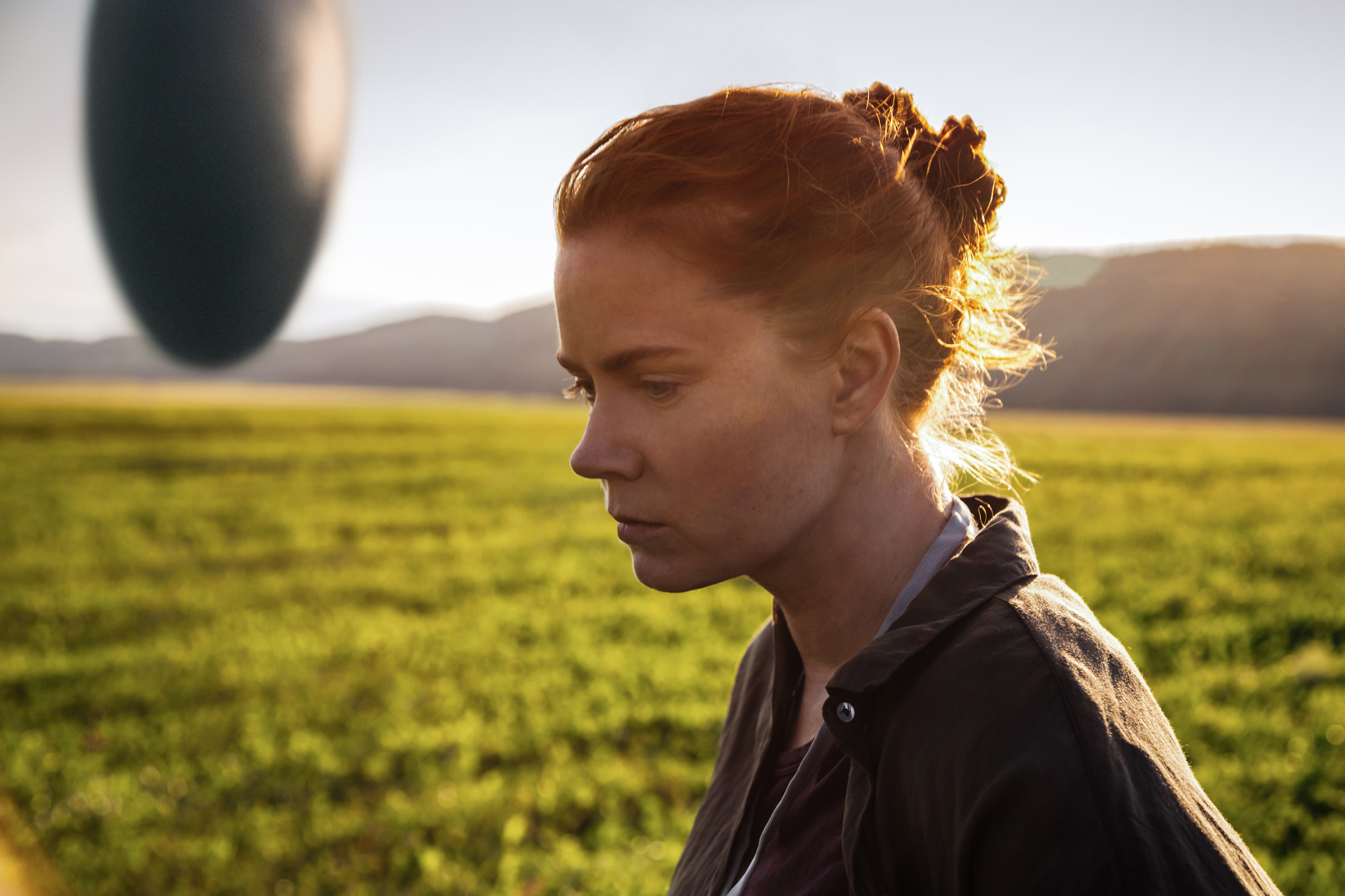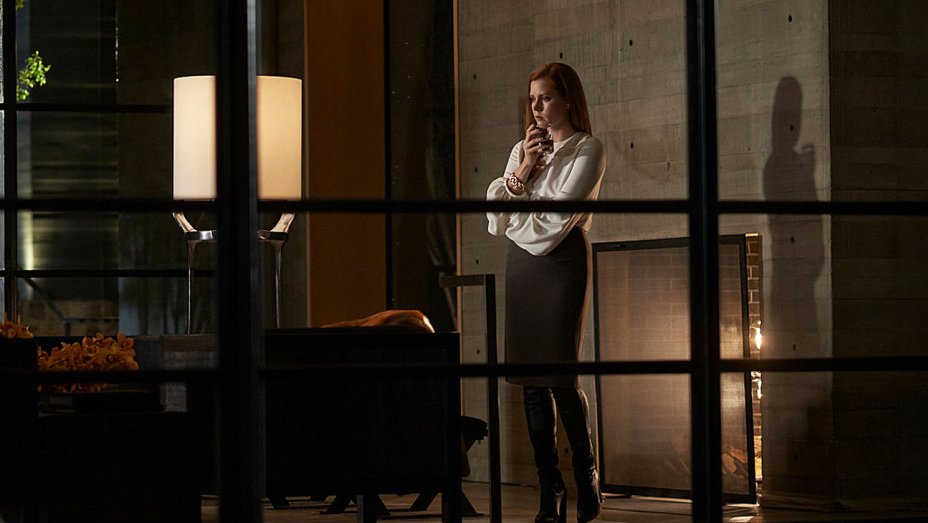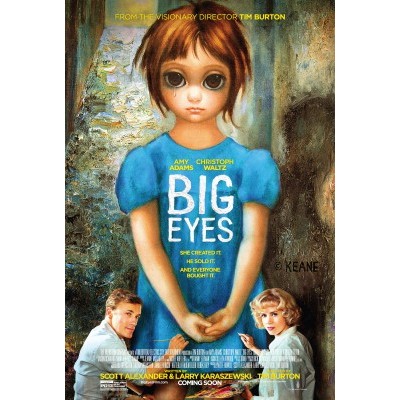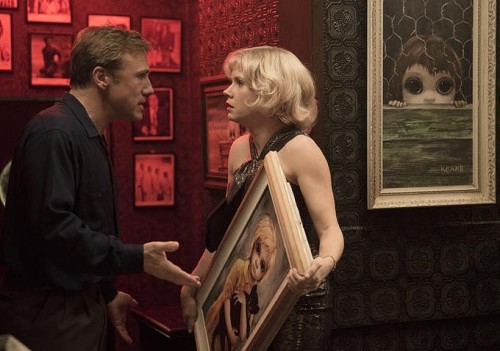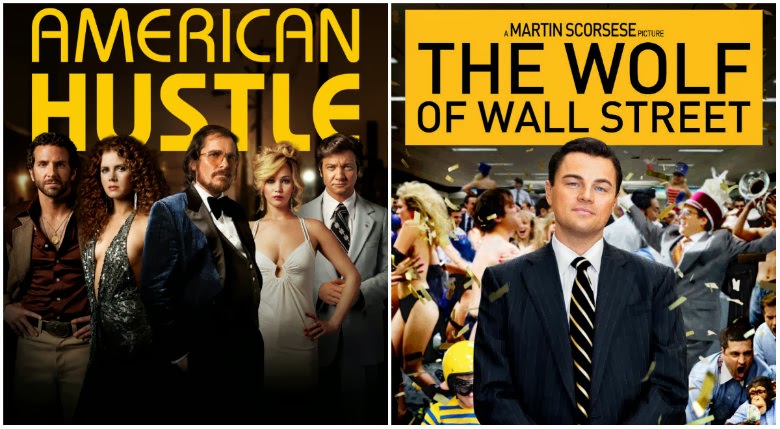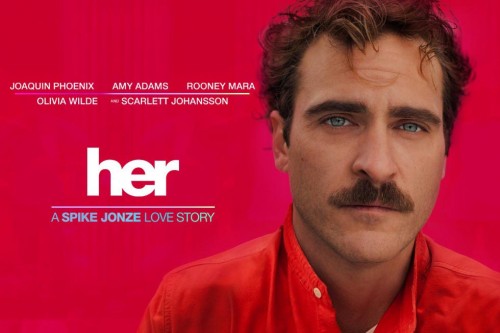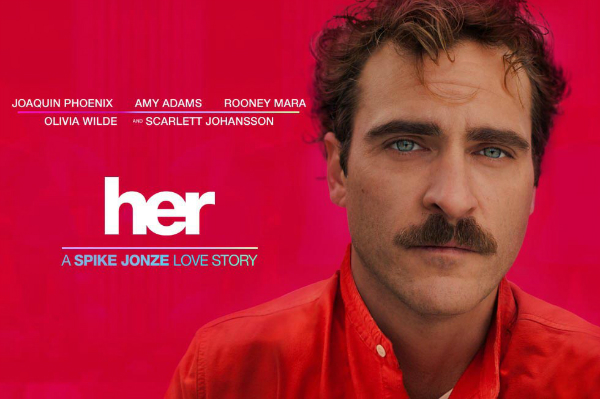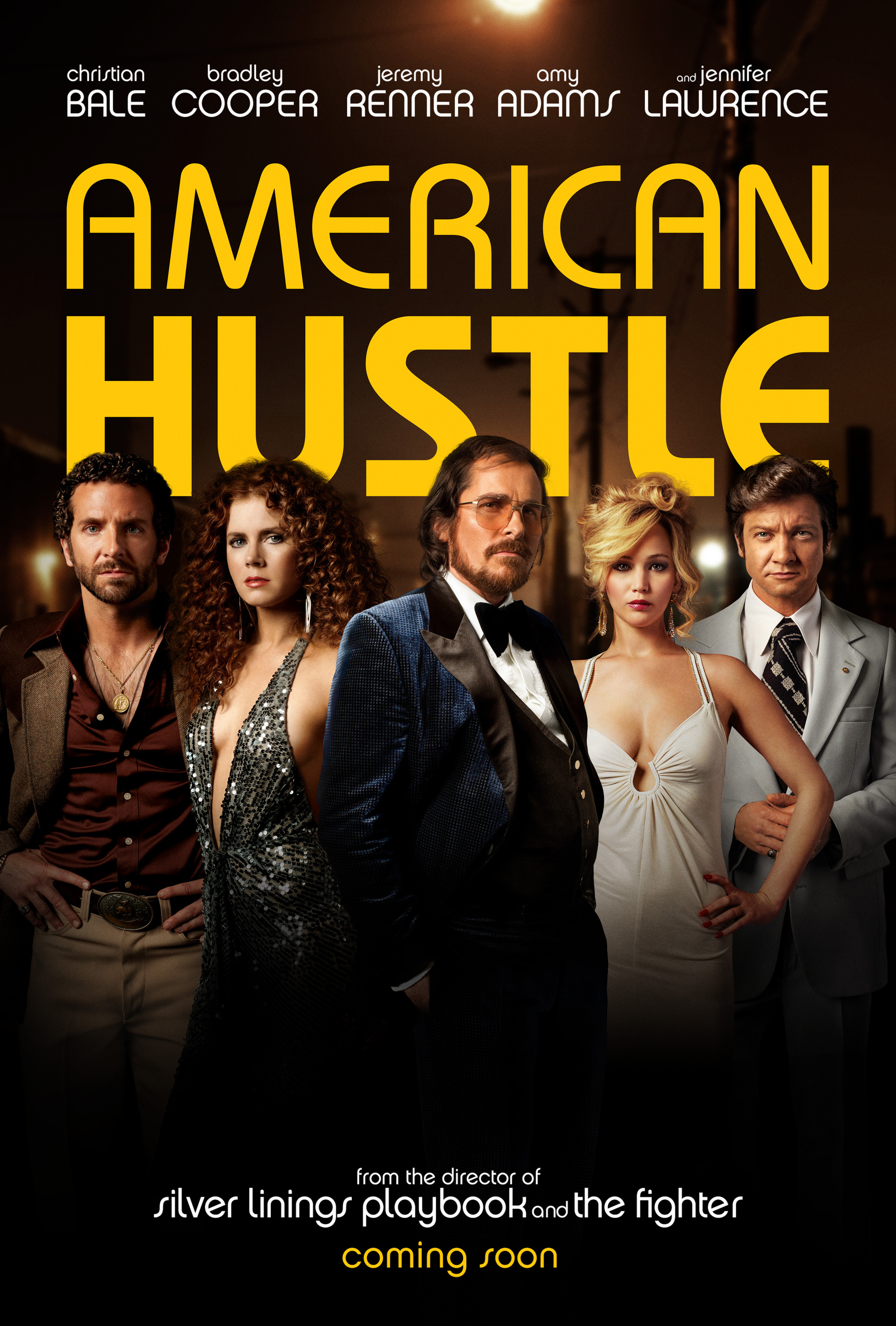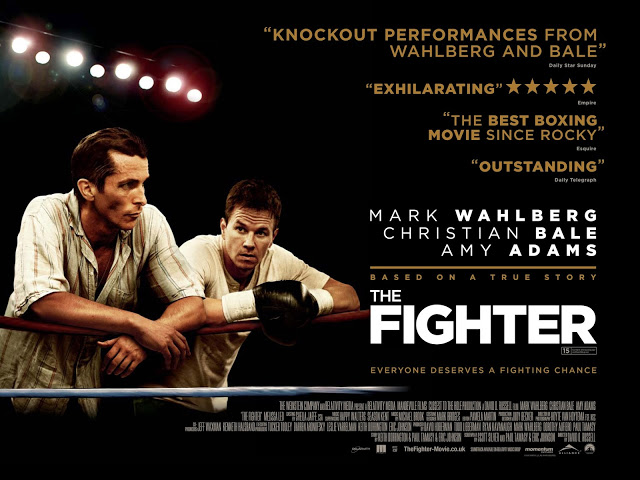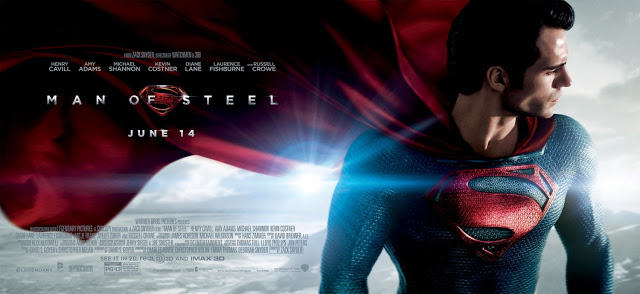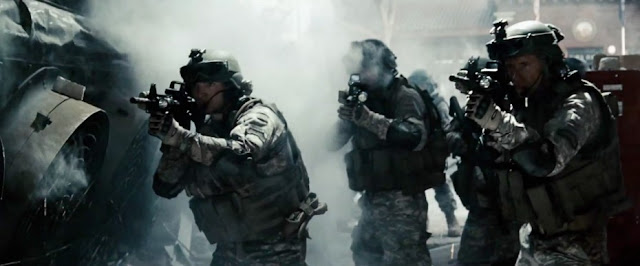This guest post written by Katie Barnett appears as part of our theme week on Women Directors.
There is a moment in Nora Ephron’s You’ve Got Mail (1998) where Kathleen (Meg Ryan) and Joe (Tom Hanks) are conversing via their AOL inboxes. “Do you ever feel like you’ve become the worst version of yourself?” he types. The two of them ponder the question, Joe criticizing his own tendency to “arrogance, spite, condescension” while Kathleen laments her own inability to conjure up a well-timed comeback in a confrontation. This discussion of the gulf between inner thoughts and actual behavior is, perhaps, a prescient nod to the ways the internet – still a novelty in the world of You’ve Got Mail – would foster these gaps between reality and projection. It is also an acknowledgement of the multiple selves one person might harbor beneath the surface.
One of the many joys of Nora Ephron’s films lies in the recognition that there may be more than one version of yourself. Indeed, her 1996 Wellesley commencement speech – the origin of Ephron’s plea, “above all, be the heroine of your life, not the victim” – is built around this recognition that young women’s lives will contain multitudes, will be rife with contradiction. “You are not going to be you, fixed and immutable you, forever,” she tells the graduating class. Mutable is a state of being for Ephron’s on-screen women.
Nora Ephron began her film career in 1983, when she wrote the screenplay for Silkwood. Her first directing credit followed in 1992, with This is My Life; a year later, she would direct and write (alongside Jeff Arch and David S. Ward) the fifth highest-grossing film of 1993, Sleepless in Seattle. By the time of her death in 2012, she had directed eight films, with a screenwriting credit on seven of them, and written numerous others, including one of her best known works, When Harry Met Sally (Reiner, 1989). For her screenplays, she was nominated three times for Best Original Screenplay at the Academy Awards. Ephron’s work as a director is difficult to separate from her work as a screenwriter; through these twin roles, she carved a space in which to craft funny, interesting, hopelessly neurotic characters, navigating life with a mixture of optimism, introspection, and the occasional flicker of disappointment.
Ephron helped to revitalize the smart romantic comedy. In Sleepless in Seattle and You’ve Got Mail, she made two of the 1990s’ most successful examples of the genre. Yet critical attention that considers her work as a filmmaker has been slow to emerge: the consequence, perhaps, of Ephron’s status as “woman director,” but also, crucially, of her work in a much-maligned genre. Ephron herself was archly dismissive of the pigeonholing of women’s cinema. Her list, “What I Won’t Miss,” which appeared in her book I Remember Nothing (2010), included the entry “Panels on Women in Film.”
In addition to her work in film, Ephron was a journalist, playwright, and novelist; unsurprisingly, her stock in trade is words. Crucially, what she does with these words is to give women room. For these women at the center of her films, there is, above all, space. Space not simply to be the best version of themselves, but all the versions of themselves: confident, neurotic, right, wrong, flawed. They have time to figure themselves out, and Ephron’s films do not punish them for it. This exchange, from Ephron’s final film, Julie and Julia (2009), neatly encapsulates the idea that the authenticity of these characters comes from their flaws as much as their more redeeming features:
Julie: …because I am a bitch. I am, Sarah. I’m a bitch.
Sarah: I know. I know you are.
Julie challenges Sarah – “Do you really think I’m a bitch?” – to which Sarah responds, “Well, yeah. But who isn’t?” There is no judgment on Sarah’s part. The implication here is that Julie can be a bitch (which, in this context, amounts to her realization that she can be self-absorbed), but that this does not preclude everything else she is. Being prone to a meltdown over a casserole gone wrong does not automatically negate Julie’s other qualities.
In fact, Ephron’s women sometimes have so much time to figure themselves out that the central romance almost becomes a secondary concern, as in Sleepless in Seattle, in which Annie (Ryan) and Sam (Hanks) do not lay eyes on each other until the very end of the film, brought together at the top of the Empire State Building in a meeting engineered by Sam’s son Jonah (Ross Malinger). A risky move, surely, for any romantic comedy. It is a risk that ultimately pays off for Ephron, despite the flawed notion of constructing a romance around two people who have never met, yet who are apparently perfect for each other. But consider how the space of Sleepless in Seattle functions. This is Annie’s story: it is her family we visit alongside her and her fiancé Walter (Bill Pullman); it is her workplace and her colleagues we see; it is her car where we first hear Jonah call the radio show. The romance may be contrived, may even be problematic, but it is Annie’s romance. Of whose story we are being told, we should be in no doubt.
This may seem like nothing new to a genre built around the romantic expectations of female characters, and the eventual fulfillment of these expectations. What elevates Ephron’s women is that they transcend the one-dimensional caricature of a rom-com protagonist. Instead, we find complex, changeable women, incapable of being reduced to a definitive version of themselves. In You’ve Got Mail’s Kathleen, for instance, we find a woman who is willing to believe the best of her as-yet-unmet online friend, deflecting concerns that he might be married, unattractive, or a serial killer. Yet she is also a woman who once suspected her own boyfriend of being a domestic terrorist: “Remember when you thought Frank was the Unabomber?” She is a woman who loves books, daisies, and New York City, who got a manicure instead of voting (but feels bad about it), and who is ambitious without being ruthless. Kathleen owns her own business and wants that business to be successful, but she is never reduced to the brittle caricature of an ambitious woman.
Julie and Julia orients the audience’s attention around the lives of two more ambitious women, separated by time and geography: chef Julia Child (Meryl Streep), finding her feet in 1950s France, and writer Julie Powell (Amy Adams), living in post-9/11 New York and attempting to cook Julia’s back catalogue of recipes in a kitchen the size of a postage stamp. Once again, what is remarkable about Julie and Julia is just how much space is given over to these women, to their food, their cooking, their enjoyment of both of these things. “The day there’s a meteorite heading towards the earth and we have thirty days to live, I’m going to spend it eating butter,” Julie opines, as chunks of butter sizzle invitingly in a frying pan.
The film opens on Julia and her husband Paul (Stanley Tucci) newly arrived in Paris. When the two go out to eat, Julia’s delight at French cuisine is palpable. It is her voice we hear, exclaiming over the meal; her food, her delight, that dominates this scene. When she leans over to have Paul taste the fish, the camera follows her, and she – and this accompanying sense of delight – continues to fill the frame. Minutes later, the film shifts to New York, where Julie and her husband Eric (Chris Messina) are moving apartments. Here, space is once again the preoccupation – “Repeat after me. 900 square feet,” Eric reminds Julie when she questions the wisdom of moving to live above a pizzeria in Queens, although wherever this space is, it certainly isn’t in the kitchen – and it is Julie who takes up this space. On arriving in the new apartment, she does a sweep of the bare interior, moving from room to room, as we move with her. Ephron employs a similar tactic as Julia explores the Paris apartment and the camera pans across the windows, tracking her movements. The film invites us to follow these women, and these first steps into their respective lives place them at the forefront of their own stories.
Physical space remains important in Julie and Julia, as we see an unhappy Julie crammed onto the subway and wedged into her cubicle at work, and a determined Julia sequestered in a kitchen at the Cordon Bleu cooking school, the only woman amongst a collection of male chefs, fighting to prove herself in the face of skepticism. Just as Julia must carve out a niche for herself in this male-dominated environment, Julie strives to be seen and heard from her small corner of the internet, where the physical becomes virtual, and where her mother is quick to wonder why Julie is wasting her time on strangers.
Within the film, one way that both women take up space is by talking. A scene of Julia at a French market tracks her exuberant progress through the crowd, exclaiming over the food on offer in her distinctive high-pitched voice, gesturing with enthusiasm, and practicing her less-than-perfect French without embarrassment. Julie, meanwhile, is reminiscent of Ephron’s earlier heroines, amongst them Sally, Annie, and Kathleen, prone to vocalizing her frustrations and disappointments in a bid to understand them, whether rational or otherwise. (Recall Sally’s plaintive wail: “And I’m gonna be 40!” – “When?” – “Someday!”) After Julie’s friend Annabelle writes a scathing magazine piece about turning 30, in which she belittles the direction Julie’s life has taken, Julie memorizes the offending passage and rants about Annabelle’s “stupid, vapid, insipid” brain. Just as they are allowed to be irrational at times, Ephron does not always allow her protagonists to rise above their uncharitable thoughts; indeed, this is a reminder that what Ephron achieves in her films is the foregrounding of authentic – and authentically flawed – women. “What do you think it means if you don’t like your friends?” Julie asks Sarah (Mary Lynn Rajskub). “It’s completely normal,” Sarah assures her, much to Eric’s confusion. “Men like their friends,” he points out. “We’re not talking about men,” Julie snaps back. “Who’s talking about men?”
Ephron stood by the fact that When Harry Met Sally was not about whether men or women could be friends, but about the differences between men and women. Her films are equally generous to her male characters, but at their heart these films are testament to the women who occupy them: their hopes, their fears, their triumphs, and their failures. As a filmmaker, Ephron’s astuteness when it came to people should not be underestimated; it is this quality, as much as any other, that characterizes her skill at telling the stories of the women on whom she concentrated her pen and her camera.
In that 1996 Wellesley commencement speech, Ephron reminded her audience that there would always be time – and space – to change their minds. “Maybe young women don’t wonder whether they can have it all any longer, but in case any of you are wondering, of course you can have it all,” she told them. “What are you going to do? Everything, is my guess. It will be a little messy, but embrace the mess. It will be complicated, but rejoice in the complications. It will not be anything like what you think it will be like, but surprises are good for you. And don’t be frightened: you can always change your mind.”
See also at Bitch Flicks:
The Fork Fatale: Food as Transformation in the Contemporary Chick Flick
A Woman’s Place in the Kitchen: The Cinematic Tradition of Cooking to Catch a Man
Katie Barnett is a lecturer in film and media at the University of Worcester (UK) with an interest in representations of gender and family in popular culture. She learned the rules of baseball from Penny Marshall, the rules of espionage from Harriet the Spy, and the rules of life from Jim Henson. Find her on Twitter @katiesmallg.
